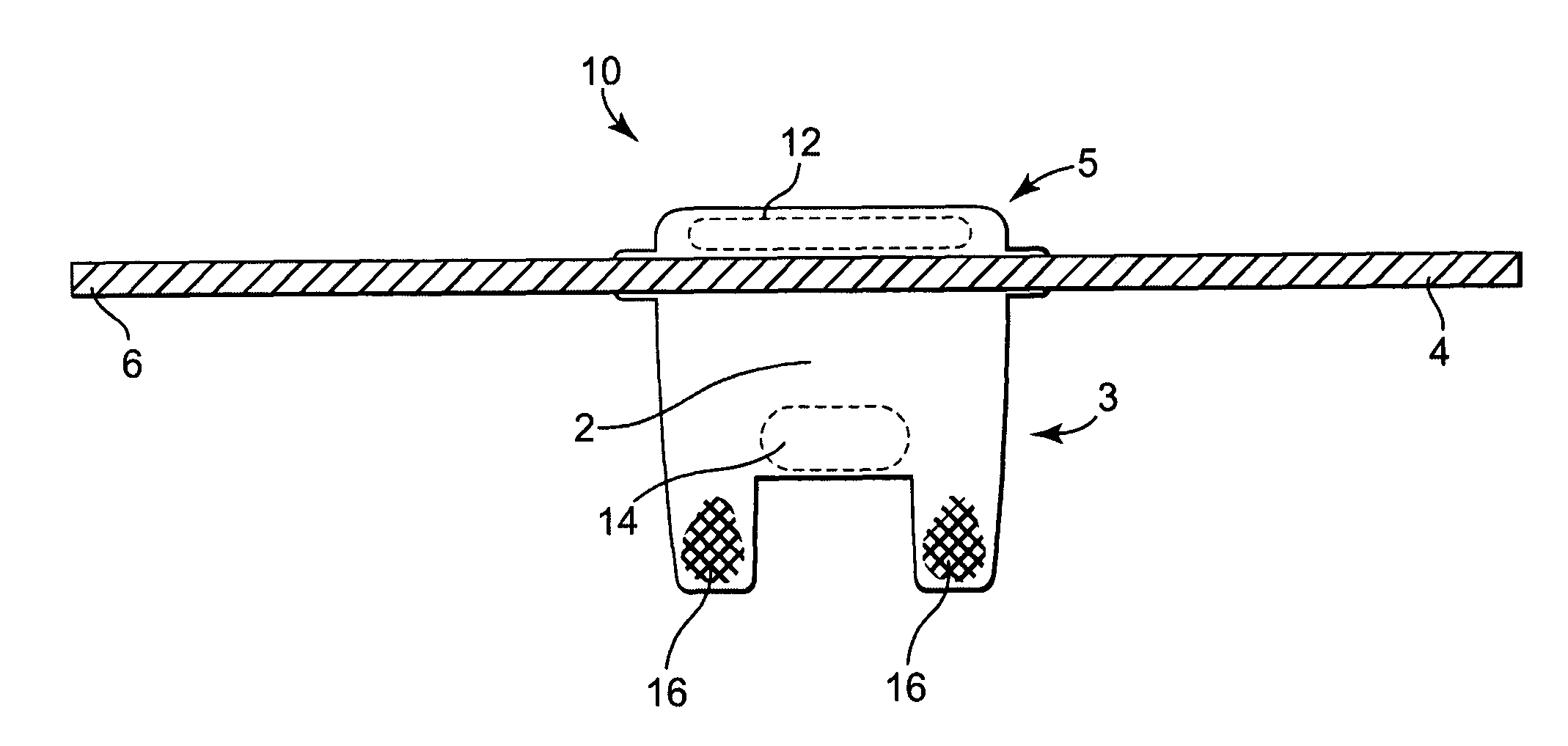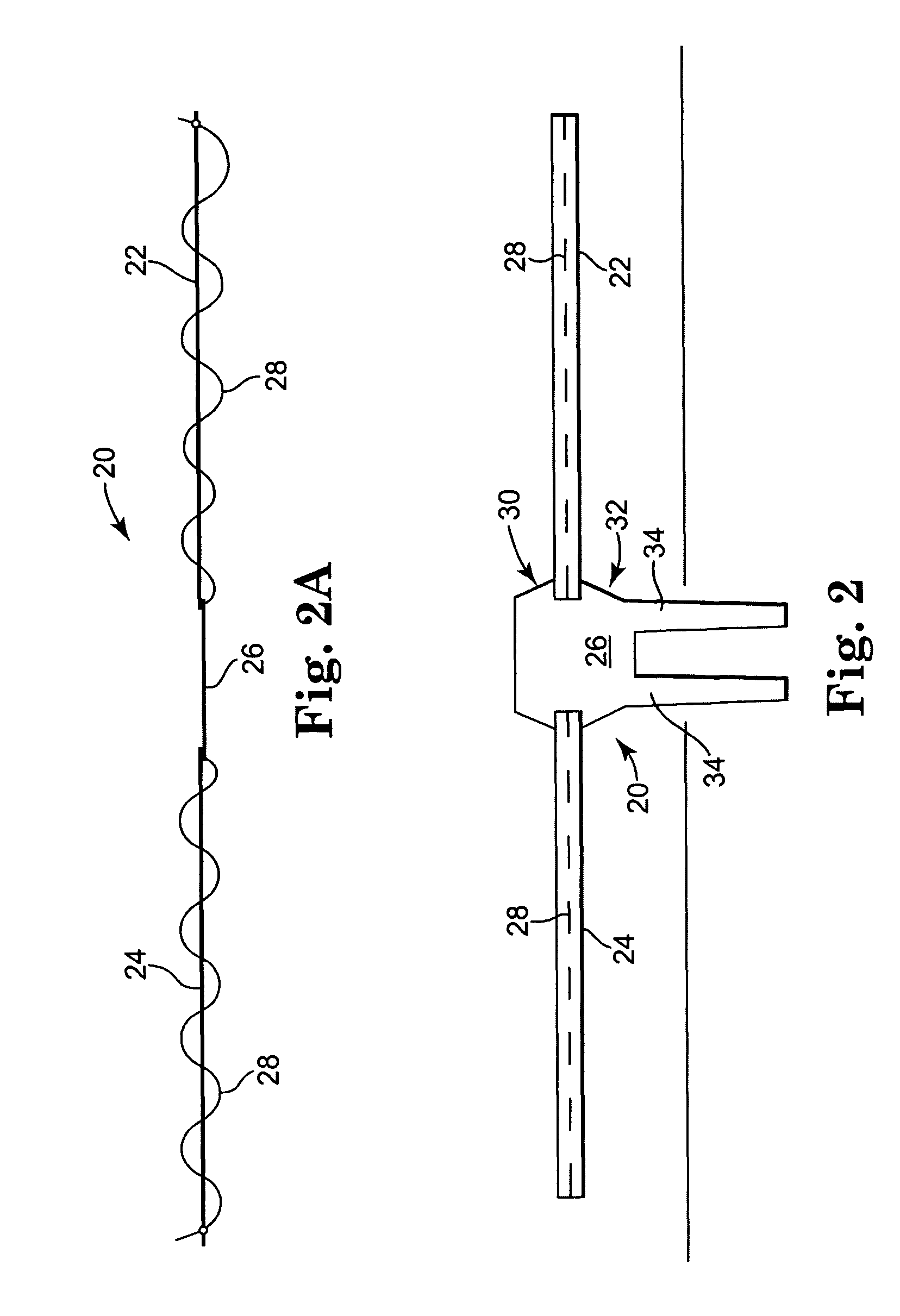Method for supporting vaginal cuff
a vaginal cuff and support technology, applied in the field of vaginal prolapse prevention or treatment, can solve the problems of lack of support, increased risk of genital prolapse, and long-lasting plague of female genital prolaps
- Summary
- Abstract
- Description
- Claims
- Application Information
AI Technical Summary
Benefits of technology
Problems solved by technology
Method used
Image
Examples
Embodiment Construction
The invention relates to devices, methods, and kits, useful for supporting vaginal tissue in a patient who does not have a uterus. The invention relates to an implant that is designed specifically to support vaginal cuff and optionally cervical tissue remaining after removal of the uterus, the cervix, or both, e.g., to support the pericervical ring created upon removal of the uterus, cervix, or both. The support attaches to vaginal or cervical tissue remaining after removal of the uterus and optionally cervix, and attaches also to anatomy to support the vaginal tissue, at or around the sacrum such as uterosacral ligaments or the sacrum itself (i.e., a component of the sacral anatomy). The implant can be attached to a component of the sacral anatomy by any chemical or mechanical attachment such as by an adhesive, a suture, a bone screw or bone anchor, a staple, or any other fastener for tissue or bone.
A useful implant can be any implant that can be fit to the vaginal cuff following r...
PUM
 Login to View More
Login to View More Abstract
Description
Claims
Application Information
 Login to View More
Login to View More - R&D
- Intellectual Property
- Life Sciences
- Materials
- Tech Scout
- Unparalleled Data Quality
- Higher Quality Content
- 60% Fewer Hallucinations
Browse by: Latest US Patents, China's latest patents, Technical Efficacy Thesaurus, Application Domain, Technology Topic, Popular Technical Reports.
© 2025 PatSnap. All rights reserved.Legal|Privacy policy|Modern Slavery Act Transparency Statement|Sitemap|About US| Contact US: help@patsnap.com



